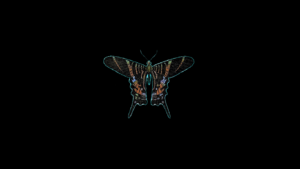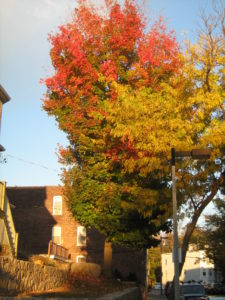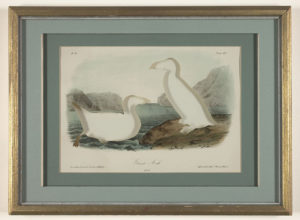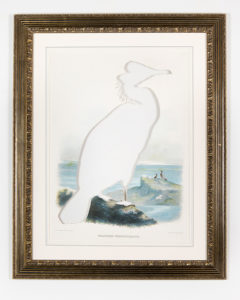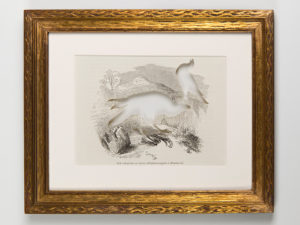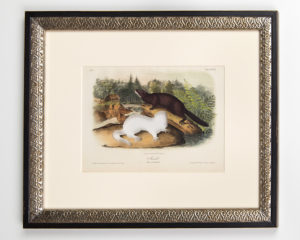In “Nature’s Best Hope,” entomologist and author, Doug Tallamy brings one of conservation’s best new ideas alive: to connect isolated land reserves via biological or wildlife corridors. And it’s something we can all practice in our front and back yards.
Through much of the 20th century, the dominant idea in conservation was to protect land for its inherent beauty as well as for animals. Despite that, animal populations have continued to dwindle because the protected land is too small and too isolated. The reserves need to be connected so that animals can roam freely, particularly because one of the effects of climate change is to force animals to move from their preferred habitat.
This is the idea behind the Yellowstone to Yukon Initiative, or Y2Y, a protective corridor that will ensure animals can travel freely over its length of 3200 kilometers (2000 miles). In the early 1990’s radio-collar data showed that over two years a wolf roamed over an area ten times the size of Yellowstone and fifteen times the size of Banff National Park. Other animals like lynx, cougars and golden eagles were also found to travel distances as great as 1600 kilometers (1000 miles). Much of that roaming would be outside protected areas.
While most of us will not be safeguarding habitat for wolves and cougars in our yards, we can provide habitat for insects, birds and other small animals. All we have to do is plant native plants.
Plants are the foundation of all food webs, but as Tallamy points out, our gardens tend to emphasize ornamental plants that originated in other ecosystems and are often ignored by local bees, butterflies and birds. So while they look pretty, they are ecologically sterile and don’t contribute to local food webs.
The reason they don’t contribute to local food webs is because plants generate toxins to avoid being eaten. But over millions of years, insects like caterpillars – primary food for birds – have developed ways to circumvent plant defenses and make a meal. Because each plant has its own defenses, each insect restricts its diet to one or just a few lineages.
For example, monarch butterflies have restricted their diet to just a single plant: milkweed. When milkweed declined thanks to the ramped up use of the weedkiller, Roundup, or glyphosate, monarch populations plummeted.
So by restricting our gardens to a handful of exotic ornamentals that local insects have no relationship with, insect populations will continue to decline. Yet insects are how plant energy is transmitted elsewhere in food webs, so this is a decline we can and must reverse.
Further, in the US, turfgrass has replaced native plant communities in more than forty million acres, which is larger than the ten largest national parks combined. By converting half of that turfgrass back to native plants, we could have a new national park – homegrown – that is literally everywhere.
We visit national parks to satisfy our curiosity about places we’ve long heard about, and to experience wonder and awe. Homegrown National Park will be on a totally different scale – right in front of our eyes – and will appeal to our sense of self-discovery. We’ll be able to tune into natural cycles and experience the excitement of seeing living things thrive under our care, in addition to helping local food webs. It will allow us to create an affinity for all kinds of creatures that visit our yards, provide natural stress relief and help us pass our stewardship on to our children. Truly, it’s an idea whose time has come.
The North American Native Plant Society has tips to start gardening with native plants (start small – even with one plant!) here: http://nanps.org/how-to-start-gardening-with-native-plants/
In the US, you can find guides for what to plant in your area at https://www.audubon.org/plantsforbirds
and https://www.nwf.org/nativeplantfinder/
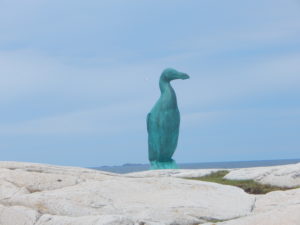
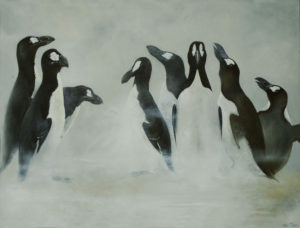
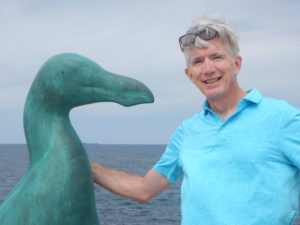
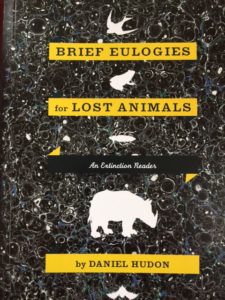 The recent animal extinctions include twenty-eight reptiles, thirty-four amphibians, sixty-three fish, sixty-three insects, ninety-two mammals, one hundred and sixty-six birds and more than three hundred mollusks. Who are these animals? Where did they live? What do we know of their biology and natural history? Each animal had its own evolutionary history, ecological niche and characteristics that made it a unique form of life. But they have disappeared from the Earth due to our actions and without proper recognizance. The beginning of wisdom, the Chinese say, is to call things by their rightful names. In many cases, the names are known by scientists and what little is known of the animal’s habits is hidden away in scientific papers. These details need to be brought to light to make the species come alive, at least in our imagination, to help bring the enormity of what has and is happening within our grasp.
The recent animal extinctions include twenty-eight reptiles, thirty-four amphibians, sixty-three fish, sixty-three insects, ninety-two mammals, one hundred and sixty-six birds and more than three hundred mollusks. Who are these animals? Where did they live? What do we know of their biology and natural history? Each animal had its own evolutionary history, ecological niche and characteristics that made it a unique form of life. But they have disappeared from the Earth due to our actions and without proper recognizance. The beginning of wisdom, the Chinese say, is to call things by their rightful names. In many cases, the names are known by scientists and what little is known of the animal’s habits is hidden away in scientific papers. These details need to be brought to light to make the species come alive, at least in our imagination, to help bring the enormity of what has and is happening within our grasp.